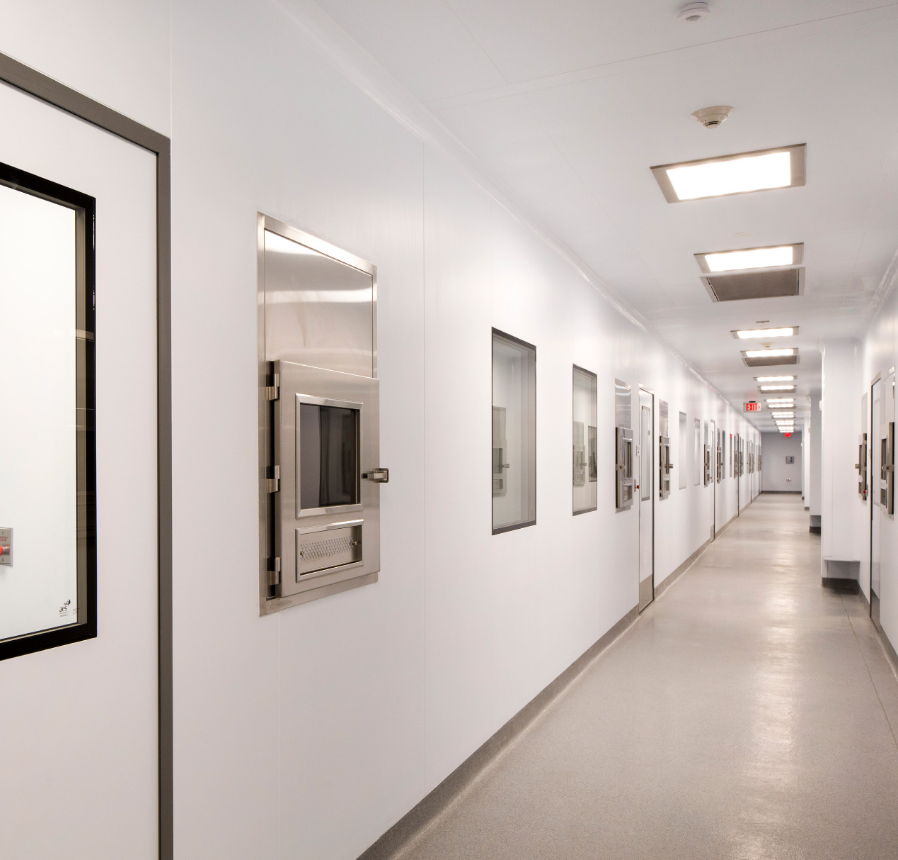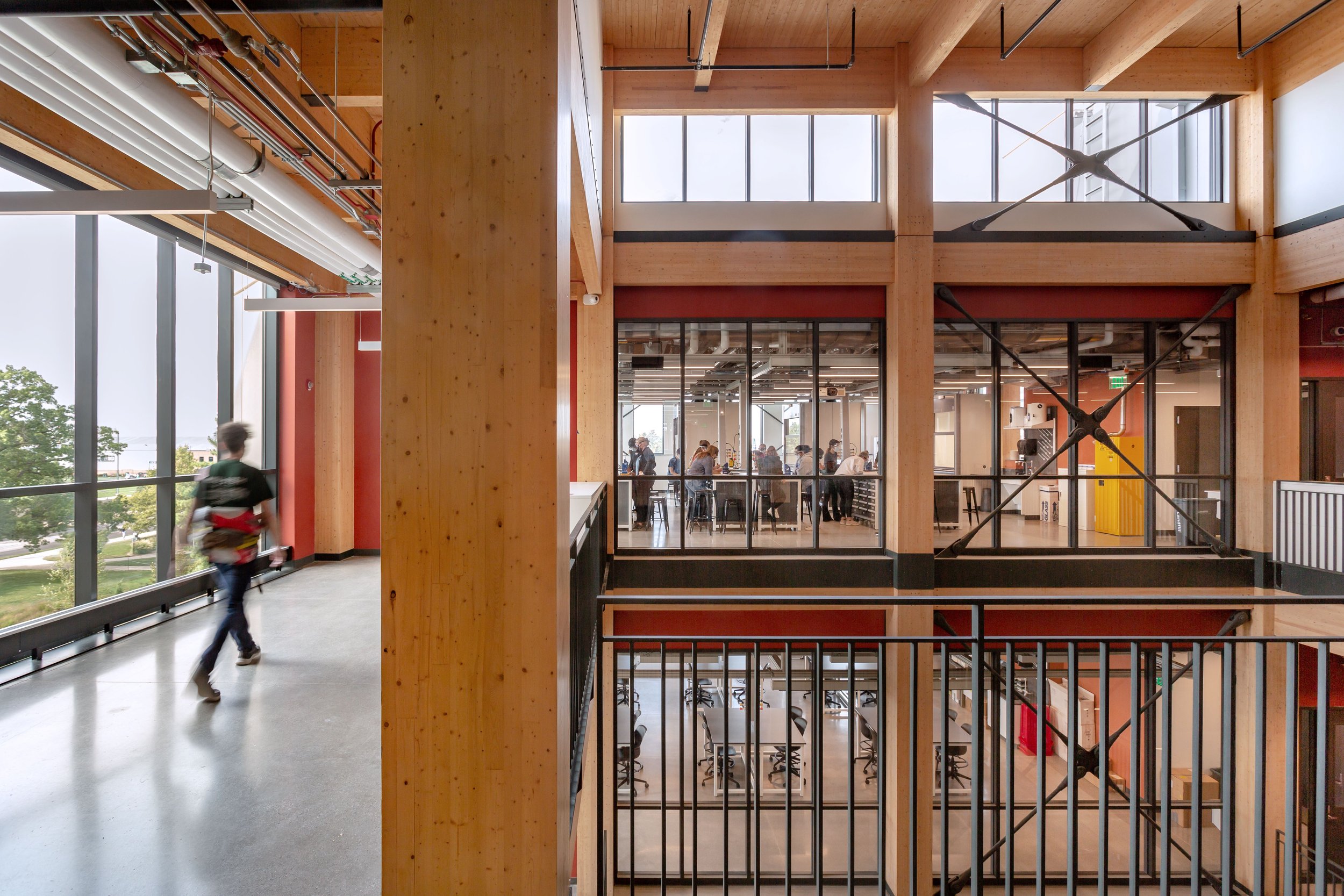[[bpstrwcotob]]

Shaping a Sustainable Future for cGMP Facilities
The biopharmaceutical industry’s cGMP facilities are resource-intensive, but incorporating sustainable practices through holistic strategies—from process optimization to supply chain and MEP system improvements—can reduce their carbon footprint without compromising compliance, quality, or safety

Council on Tall Buildings and Urban Habitat Aims to Understand and Address the Global Density Dilemma
City of London & Paris La Défense leaders join international forum on adaptive reuse, sustainability & well-being

Timber, Tech, and Sustainability: Inside OSU's Groundbreaking Research Complex
The Jen-Hsun Huang and Lori Mills Huang Collaborative Innovation Complex at Oregon State University will be the first all-mass-timber experimental research laboratory in the US that meets rigorous vibration criteria (2000 MIPS)

Innovative Lab Design Trends: From Collaborative Spaces to AI-Driven Efficiency
Scott Strom and Gavin Keith of DPR Construction offer insight into the ways that lab spaces are evolving to meet new trends and innovations

The Evolution of a Lab Space: NIST's Wing 5 Renovation
The renovation of Wing 5 at NIST's Boulder campus represents a comprehensive effort to modernize and optimize lab spaces for a multi-generational workforce, while also focusing on sustainability, collaboration, and advanced laboratory capabilities

Webinar Preview: Navigating the Path to Building Systems Decarbonization
Frank Angelini and Stephen Lahti’s webinar will offer practical, achievable advice on how to promote sustainable and low carbon-built laboratory environments

Health and Research Facility Pioneers Collaborative Approach to Medical Science Breakthroughs
Lab Design spoke to Andrew Schunke and Diana Rosenthal, both principals, and Esther Mavrokokki, a senior associate from Architectus, and Flinders University’s Angela Binns, a senior manager of technical services at the College Medicine & Public Health, and Professor Damien Keating, deputy director of Flinders Health and Medical Research Institute

Cutting Carbon: New Tools to Reduce Carbon Emissions From Laboratories
When ranking a lab building's emissions—whether operational or embodied carbon—it's important to compare with other labs

The Importance of ‘Carbon Storytelling’ in Future Sustainable Architecture
The shift in priority towards whole-life carbon in the last five years has been a seismic change for the industry.

Design Between the Lines: Sustainability and Life Sciences
Science and technology programs typically have very power-intensive uses, and the effort to become more sustainable shouldn’t be seen as a threat to the performance of these spaces
